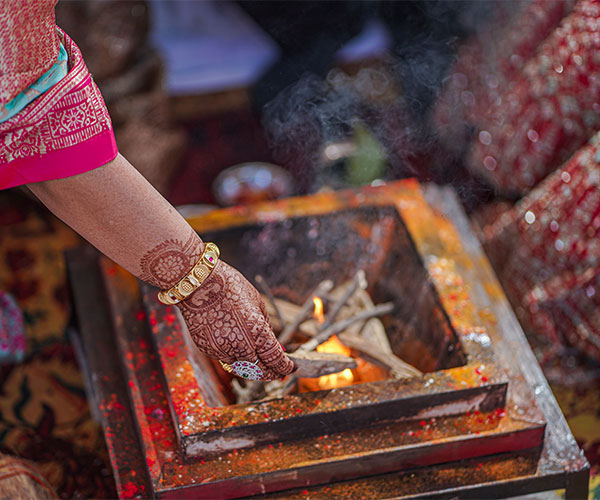Sandhyavandanam
Sandhyavandanam is a mandatory religious ritual performed by Dvija communities of Hindus, particularly those initiated through the sacred thread ceremony referred to as the Upanayanam. It consists of recitations from the Vedas, accompanied by ritual, performed three times a day - at morning, noon, and evening.
Sandhyavandanam literally means "salutation to Sandhya", traditionally interpreted as "the transition moments of the day" or "the solar noon". It is a ritual salutation to twilight or the solar noon.

